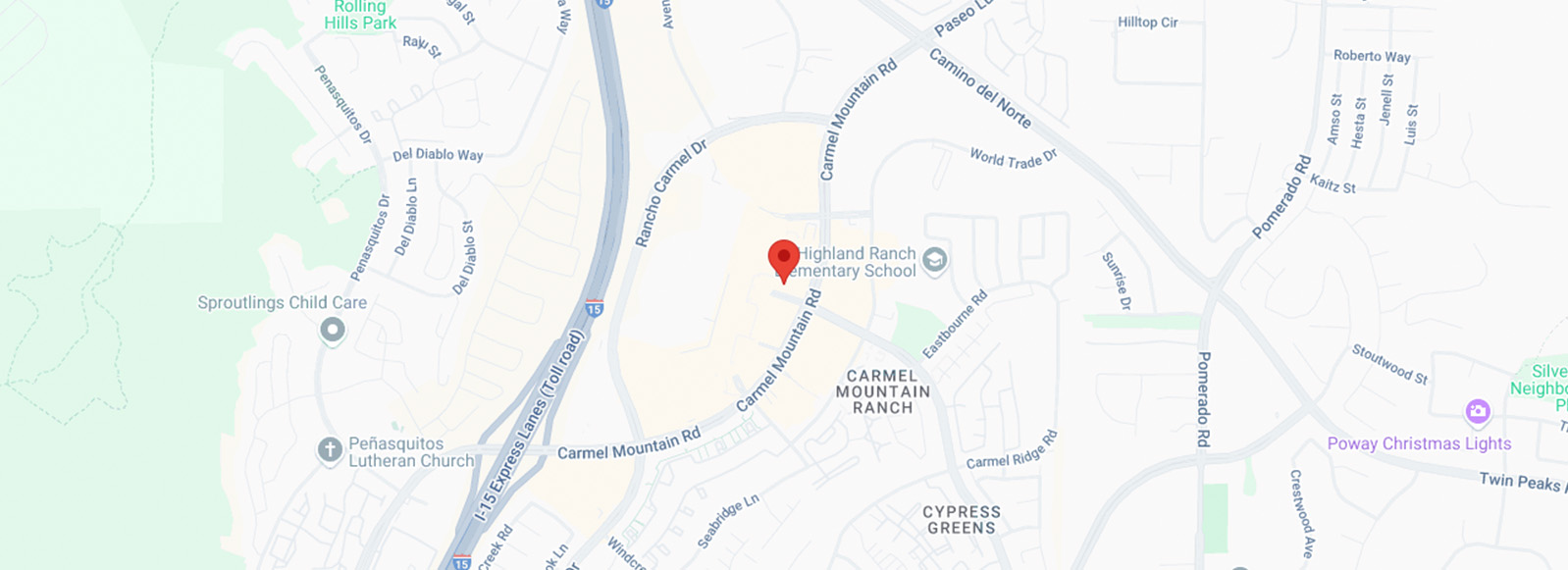
I previously discussed the health benefits of high-fiber foods and being wary of grains. Let’s now look at the health benefits of high-protein foods for weight loss, heart health, and more.
High protein for weight loss
I love a high-protein meal. Protein is found in meats as well as vegetable sources. The good news here is that higher protein food reduces obesity, type 2 diabetes, cardiovascular disease, muscle wasting (in the elderly), and more. Let me take a closer look at the role of protein in weight loss and maintenance.
Several meta-analyses[1] of shorter-term feeding studies of higher-protein energy-restriction diets clearly resulted in greater weight and fat loss, and preservation of lean mass compared to lower-protein energy-restriction diets. For example, one meta-analysis of 24 tightly controlled feeding trials compared higher-protein with lower-protein weight-loss diets lasting 12 ± 9 weeks in duration, including 1063 overweight or obese individuals aged 18 and 80 years of age. The higher-protein diets had from 27% to 35% of daily calories as protein, compared to the lower-protein diets with only 16–21% protein. The higher-protein diets caused significantly more weight loss and fat loss compared with the lower-protein diets.[2]
Higher protein foods reduced not only waist circumference but also triglycerides and blood pressure. Similar findings were found and reported in a meta-analysis among people with type 2 diabetes.[3]
The even better news is longer-term studies also show persistent body weight and fat mass loss from higher-protein weight-loss diets. Let’s look at some interesting ways protein foods helps in weight loss.
Protein’s effect on appetite
When you eat a higher protein food, you’ll get a stronger feeling of fullness than from dietary fat or carbohydrates.[4] This leads to a reduced daily food intake.[5] [6]
This is because dietary protein stimulates peptide YY (PYY)[7] and glucagon-like peptide 1 (GLP-1).[8] These two hormones are associated with satiety and reduced food intake[9] Also, the quantity of protein is related to the magnitude of PYY and GLP-1 secretion.[10]
Correspondingly, protein inhibits ghrelin, the hormone that enhances hunger.[11] [12]
What’s more, there is a meal-related minimum quantity threshold of 25 to 30 grams of protein required to stimulate protein synthesis, which builds lean muscle. Also, there is a meal-related minimum quantity threshold for satiety (feeling of fullness) too, which ranges from 20 to 207 grams per meal.[13] Interestingly, studies also show a graded effect on lowering appetitive after higher-protein meals (along with increased GLP-1 and PYY measurements) and raising postprandial fullness (along with decreased ghrelin measurements) after consuming 24, 44, and 88 grams of protein per meal.[14]
There also appears to be a ceiling effect on satiety—a point at which additional protein consumption in any one meal does not further increase satiety.
Finally, it should be noted that whey protein suppressed hunger more effectively than casein protein or soy protein sources.[15]
How much protein for weight loss?
In order to improve lower your body weight, keep it off,[16] and improve heart health, studies[17] indicate you must eat the following quantity of protein:
89–119 grams of protein per day for women[18]
104–138 grams of protein per day for men
Let’s take a closer look at what foods contain the most protein.
Foods highest in protein
Here are some of the highest protein foods[19] to consider (in decreasing % of calories): generally highest in meats, but also dairy, nuts, seeds, legumes, veggies, and some grains:
Tuna, 1 cup contains 39 grams of protein (94% of calories).
Whey protein powder contains from 20-50 grams of protein per/serving (90% or more of calories)
Shrimp, 85 grams (3 oz) contains 18 grams of protein (90% of calories)
Chicken breast, 100 grams (3 oz) contains 31 grams of protein (80% of calories)
Turkey breast, 85 grams (3 oz) contains 24 grams of protein (70% of calories)
Cottage cheese, 1 Cup 2% milkfat contains 27 grams of protein (59% of calories)
Lean beef, 100 grams (3 oz) contains 22 grams of protein (53% of calories)Non-fat Greek yogurt, 6 oz contains 17 grams of protein (48% of calories)
Salmon, 85 grams (3 oz) contains 19 grams (46% of calories)
Eggs, 1 large contains 6 grams of protein (35% of calories) but egg whites are almost all protein
Milk, 1 Cup of whole milk contains 8 grams of protein (21% of calories)
Quinoa, 1 Cup cooked contains 8 grams of protein (15% of calories).
Oats, half Cup, contains 13 grams of protein (15% of calories)
Almonds, 1 oz contains 6 grams of protein (13% of calories)—as other nuts
Remember you can put protein powder in any smoothie to boost the protein content with so much fiber you’ll be sure to lose weight, lower disease, and feel your best. Now it is your job to be creative in preparing high protein, high fiber meals, and snacks.
To long-term health and feeling good,
Michael Cutler, M.D.
[1] Leidy HJ, Clifton PM, Astrup A, Wycherley TP, Westerterp-Plantenga MS, Luscombe-Marsh ND, Woods SC, Mattes RD. The role of protein in weight loss and maintenance. Am J Clin Nutr. 2015 Jun;101(6):1320S-1329S. PubMed PMID: 25926512. https://www.ncbi.nlm.nih.gov/pubmed/25926512 [2] Wycherley TP, Buckley JD, Noakes M, Clifton PM, Brinkworth GD. Comparison of the effects of weight loss from a high-protein versus standard-protein energy-restricted diet on strength and aerobic capacity in overweight and obese men. Eur J Nutr 2013;52:317–25. [3] Dong JY, Zhang ZL, Wang PY, Qin LQ. Effects of high-protein diets on body weight, glycaemic control, blood lipids and blood pressure in type 2 diabetes: meta-analysis of randomised controlled trials. Br J Nutr 2013;110:781–9. [4] Holt SH, Miller JC, Petocz P, Farmakalidis E. A satiety index of common foods. Eur J Clin Nutr 1995;49:675–90. https://www.ncbi.nlm.nih.gov/pubmed/7498104 [5] Skov AR, Toubro S, Ronn B, Holm L, Astrup A. Randomized trial on protein vs carbohydrate in ad libitum fat reduced diet for the treatment of obesity. Int J Obes Relat Metab Disord 1999;23:528–36. [6] Weigle DS, Breen PA, Matthys CC, Callahan HS, Meeuws KE, Burden VR, Purnell JQ. A high-protein diet induces sustained reductions in appetite, ad libitum caloric intake, and body weight despite compensatory changes in diurnal plasma leptin and ghrelin concentrations. Am J Clin Nutr 2005;82:41–8. [7] Batterham RL, Heffron H, Kapoor S, Chivers JE, Chandarana K, Herzog H, Le Roux CW, Thomas EL, Bell JD, Withers DJ. Critical role for peptide YY in protein-mediated satiation and body-weight regulation. Cell Metab 2006;4:223–33. https://www.ncbi.nlm.nih.gov/pubmed/?term=16950139 [8] Verdich C, Flint A, Gutzwiller JP, Naslund E, Beglinger C, Hellstrom PM, Long SJ, Morgan LM, Holst JJ, Astrup A. A meta-analysis of the effect of glucagon-like peptide-1 (7-36) amide on ad libitum energy intake in humans. J Clin Endocrinol Metab 2001;86:4382–9. [9] Batterham RL, Bloom SR. The gut hormone peptide YY regulates appetite. Ann N Y Acad Sci 2003;994:162–8. [10] Belza A, Ritz C, Sorensen MQ, Holst JJ, Rehfeld JF, Astrup A. Contribution of gastroenteropancreatic appetite hormones to protein-induced satiety. Am J Clin Nutr 2013;97:980–9. [11] Wren AM, Seal LJ, Cohen MA, Brynes AE, Frost GS, Murphy KG, Dhillo WS, Ghatei MA, Bloom SR. Ghrelin enhances appetite and increases food intake in humans. J Clin Endocrinol Metab 2001;86:5992. [12] Leidy HJ, Mattes RD, Campbell WW. Effects of acute and chronic protein intake on metabolism, appetite, and ghrelin during weight loss. Obesity (Silver Spring) 2007;15:1215–25. [13] Leidy HJ, Clifton PM, Astrup A, Wycherley TP, Westerterp-Plantenga MS, Luscombe-Marsh ND, Woods SC, Mattes RD. The role of protein in weight loss and maintenance. Am J Clin Nutr. 2015 Jun;101(6):1320S-1329S. PubMed PMID: 25926512. https://www.ncbi.nlm.nih.gov/pubmed/25926512 [14] Belza A, Ritz C, Sorensen MQ, Holst JJ, Rehfeld JF, Astrup A. Contribution of gastroenteropancreatic appetite hormones to protein-induced satiety. Am J Clin Nutr 2013;97:980–9. [15] Veldhorst M.A., Nieuwenhuizen A.G., Hochstenbach-Waelen A., et al. Dose-dependent satiating effect of whey relative to casein or soy. Physiol. Behav. 2009;96:675–682. [16] Soenen S, Martens EA, Hochstenbach-Waelen A, Lemmens SG, Westerterp-Plantenga MS. Normal protein intake is required for body weight loss and weight maintenance, and elevated protein intake for additional preservation of resting energy expenditure and fat-free mass. J Nutr 2013;143:591–6. [17] McConnon A, Horgan GW, Lawton C, Stubbs J, Shepherd R, Astrup A, Handjieva-Darlenska T, Kunesova M, Larsen TM, Lindroos AK, et al. Experience and acceptability of diets of varying protein content and glycemic index in an obese cohort: results from the Diogenes trial. Eur J Clin Nutr 2013;67:990–5. [18] Leidy HJ, Carnell NS, Mattes RD, Campbell WW. Higher protein intake preserves lean mass and satiety with weight loss in pre-obese and obese women. Obesity (Silver Spring) 2007;15:421–9. [19] https://www.healthline.com/nutrition/10-foods-almost-pure-protein








